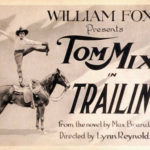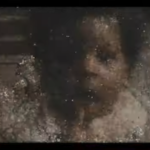The U.S. Library of Congress, from the Inside
A new blog presents the institution’s vast audio-visual collection
n
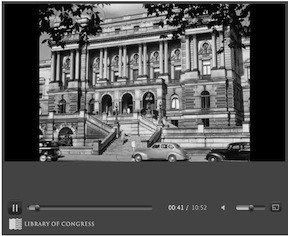 The United States Library of Congress has a huge collection of moving-image and sound recordings, and wants to pitch it better to the public, American and other. So it has launched Now See Hear!, a blog by specialists in the Library’s National Audio-Visual Conservation Center.
The United States Library of Congress has a huge collection of moving-image and sound recordings, and wants to pitch it better to the public, American and other. So it has launched Now See Hear!, a blog by specialists in the Library’s National Audio-Visual Conservation Center.
The collection has grown over the years thanks to collecting every copyrighted publication in film and print. It also has made many purchases, and attracted donations and deposits, so that it now holds such bodies of moving images as the nitrate original camera negatives from Columbia, Warner Bros., Disney, and Universal; 20,000+ reels of kinescoped television programs from NBC; 25,000+ television Coca Cola ads; and educational- and industrial-films goldmines in the Prelinger Archive, the American Archive of Factual Film, and the J. Fred and Leslie W. MacDonald Collection.
Also among holdings are all manner of print documentation – photographs, posters, lobby cards, and copyright descriptions.
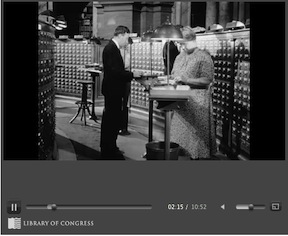
In ancient times, library holdings were indexed in card catalogs housed in card-catalog drawers. US Library of Congress
Staff members writing Now See Hear! say they will showcase collections, announce new acquisitions and projects, publicize public programs, provide information about the Film and Sound Recording Registries, and discuss the procedures and technology being used to describe, preserve, and make accessible the Library’s audiovisual heritage.
Both sections of the National Audio-Visual Conservation Center will contribute posts: the Moving Image Section and the Recorded Sound Section. One part of the center, the Packard Campus for Audio Visual Conservation, is in Culpeper, Virginia, about 75 miles southwest of Washington DC, while research centers for recorded sound and moving images are in the Library’s Madison Building on Capitol Hill in Washington, D.C.
The moving-image collection is replete, as one would imagine, with gems of American film. Mike Mashon the head of the Moving Image Section, says in a 6 May 2014 posting: “Although we do have a formal collections policy, it can be summarized pretty succinctly: we collect in every imaginable category.” The result, as he says, is an “ocean of content,” and he and his colleagues will both focus on specific collections and explore “some of our more obscure corners.” They will discuss collection development, archiving, and preservation, and how material can be accessed. All manner of material.
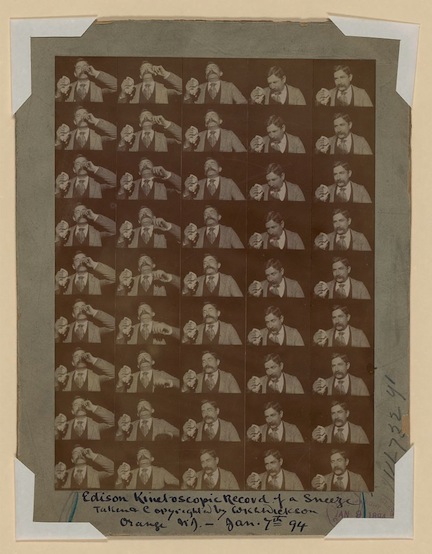
Edison Kinetoscopic Record of a Sneeze (January 7, 1894)
The Recorded Sound Section isn’t bad, either. The Library has been collecting records since 1924, but its holdings date from three decades earlier. It spans the whole breadth of audio recording formats – cylinders, wires, acetate and vinyl discs, 78, 45 and 33 rpm discs, tapes on cassettes and reels, DATs, 8-track, CDs, digital files. “You name it, we have it,” is the Section’s motto.
That means recordings of music, spoken word, radio broadcasts, and concerts — and thousands upon thousands of unanticipated treasures.
The Library also has the equipment needed to play it, as well as specialized staff to create the means to do that or to view and use it — audio engineers, technicians, catalogers, reference librarians…
Among holdings of the audio-visual wing of the Library is one from 1939 — the year Mr. Smith Goes to Washington hit screens —of a series of Columbia Pictures-produced shorts called Washington Parade with films about the White House, the Capitol, and The Library of Congress. Mashon suggests that the last of those will particularly engage archivists of all kinds, “even if its numerous shots of ungloved hands pawing priceless book and pamphlets is a bit discomfiting (our practices are better, now, promise.)”
Previous Post: Peter Sellers Skips from a Dumpster
Next Post: Taking Aim at the Frackers

